Developer Insights
Join millions of viewers! Our engineers craft human-written articles solving real-world problems weekly. Enjoy fresh technical content and numerous interviews featuring modern web advancements with industry leaders and open-source authors.

The 2025 Guide to JS Build Tools
An overview of the big ecosystem of JavaScript build tools as of January 2025....
Feb 14, 2025
12 mins

D1 SQLite: Writing queries with the D1 Client API
Explore writing SQL queries using the D1 client library and its trade-offs vs ORM’s...
Dec 23, 2024
6 mins
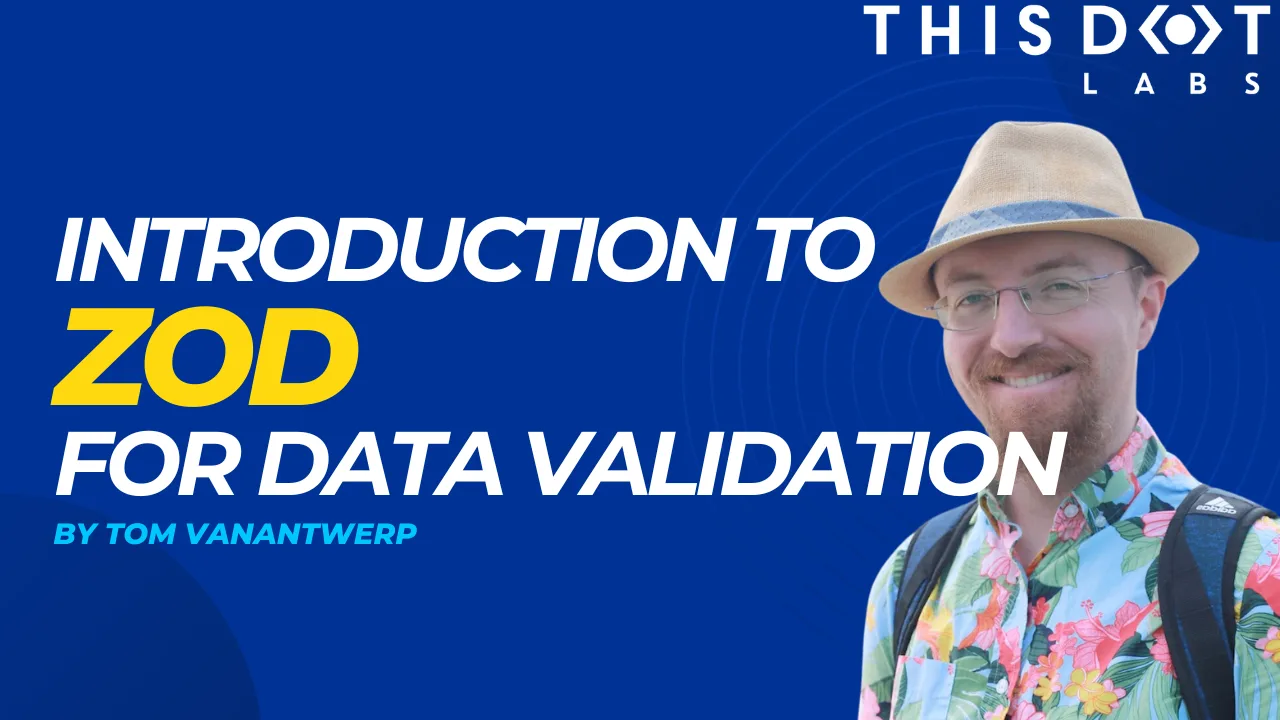
Introduction to Zod for Data Validation
As web developers, we're often working with external data that we don’t control and can’t expect to meet our expectations. But with the Zod library, we can define expected data schemas and validate incoming data against them....
Nov 15, 2024
7 mins
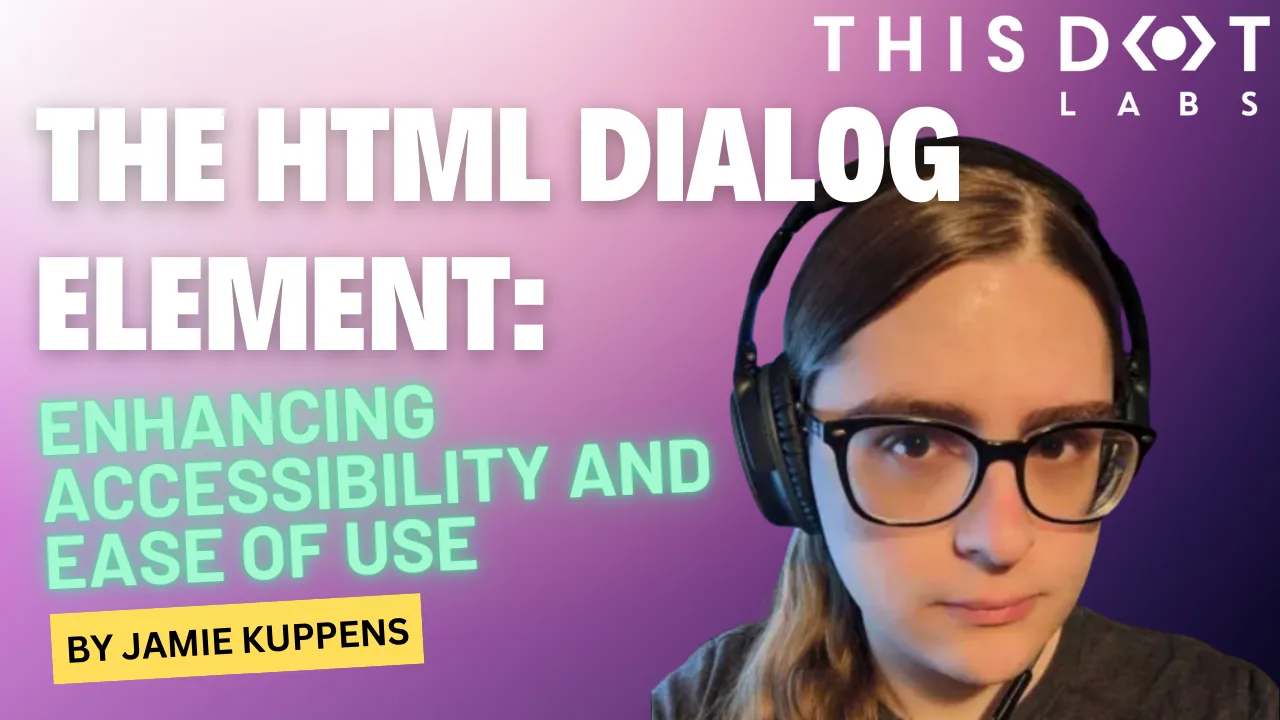
The HTML Dialog Element: Enhancing Accessibility and Ease of Use
The new dialog element streamlines the implementation of accessible dialogs, modals, and other kinds of non-modal dialogs....
Oct 25, 2024
4 mins

Exploring Angular Forms: A New Alternative with Signals
In the world of Angular, forms are essential for user interaction, whether you're crafting a simple login page or a more complex user profile interface....
Oct 4, 2024
5 mins
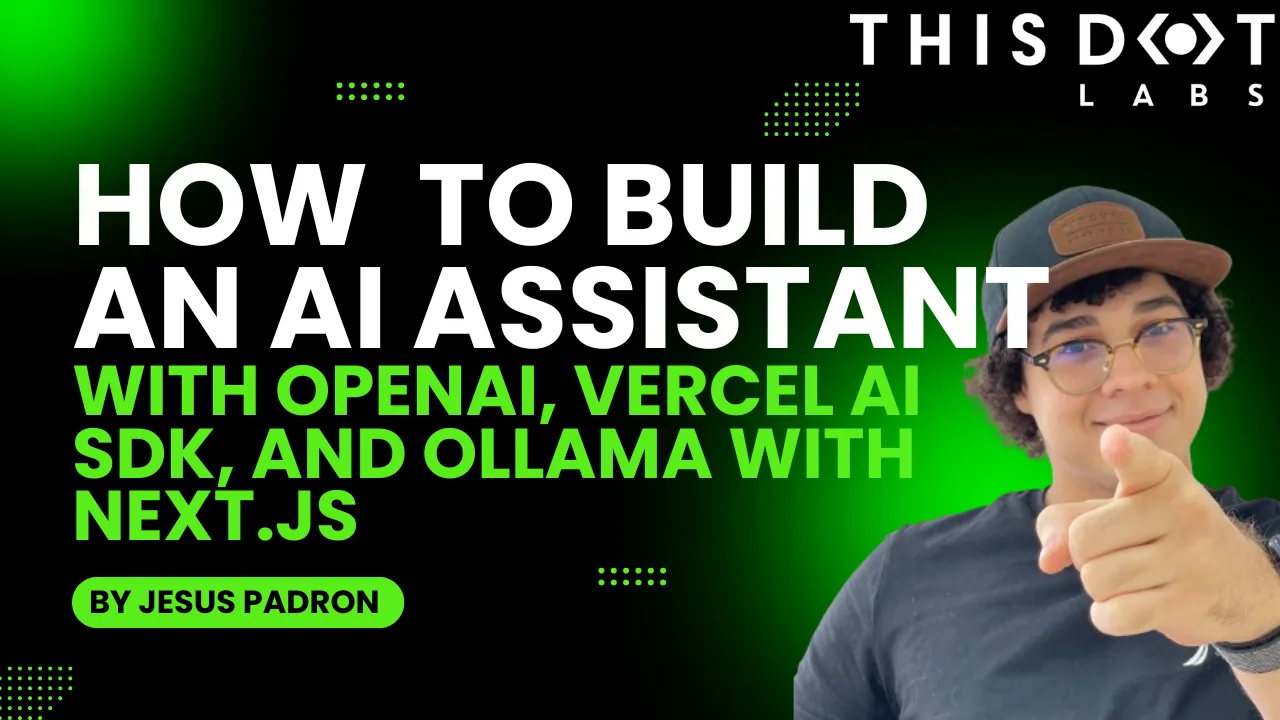
How to build an AI assistant with OpenAI, Vercel AI SDK, and Ollama with Next.js
Learn how to run Llama 3.1 locally in a Next.js app, send audio to it, and play responses back to users....
Sep 27, 2024
8 mins
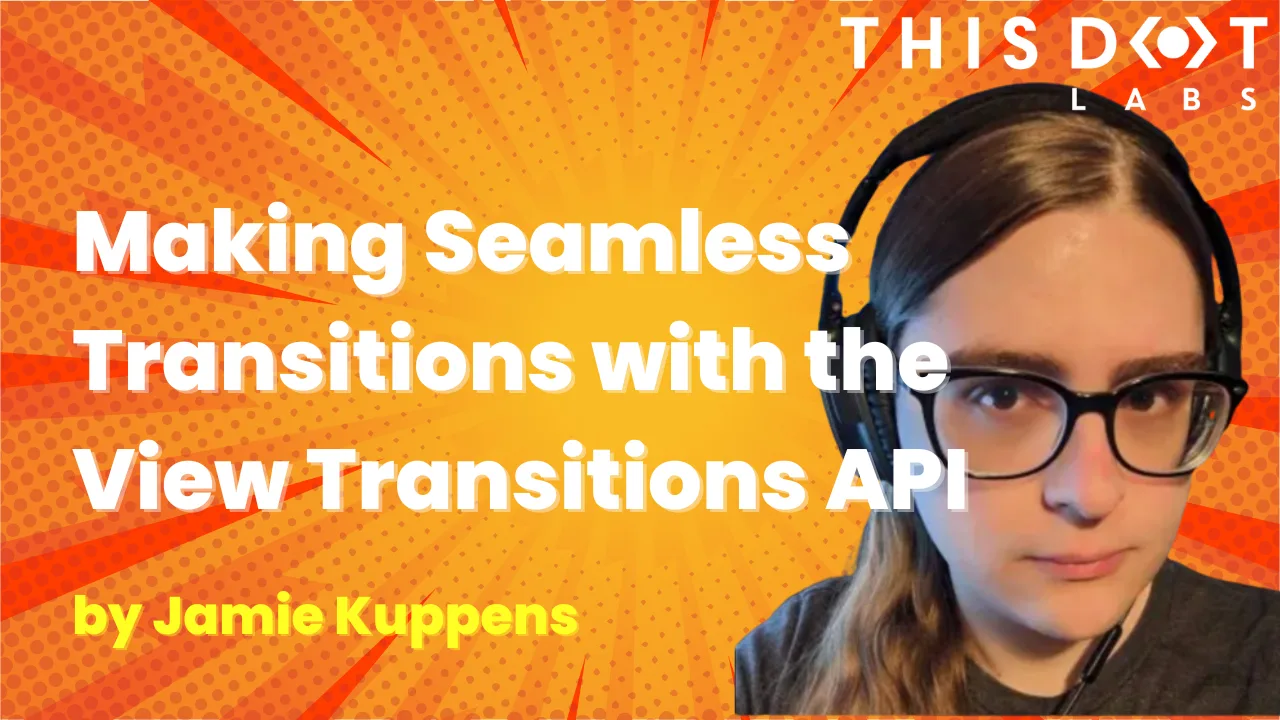
Making Seamless Page Transitions with the View Transitions API
Traditionally web applications have always had a less polished experience both functionally and visually speaking compared to native applications on mobile and other platforms....
Aug 2, 2024
4 mins

SSR Finally a First-Class Citizen in Angular?
What’s the state of Angular SSR? And what’s happened to @angular/universal? This article explains!...
Jun 26, 2024
8 mins

Angular 18 Announced: Zoneless Change Detection and More
Overview of new features in Angular 18...
May 29, 2024
3 mins

Vercel vs. VPS - What's the drama, and which one should you choose?
A breakdown of the hosting options you have and when you should choose a cloud provider such as Vercel and when a VPS or a Linux server in your basement is just enough....
May 8, 2024
8 mins
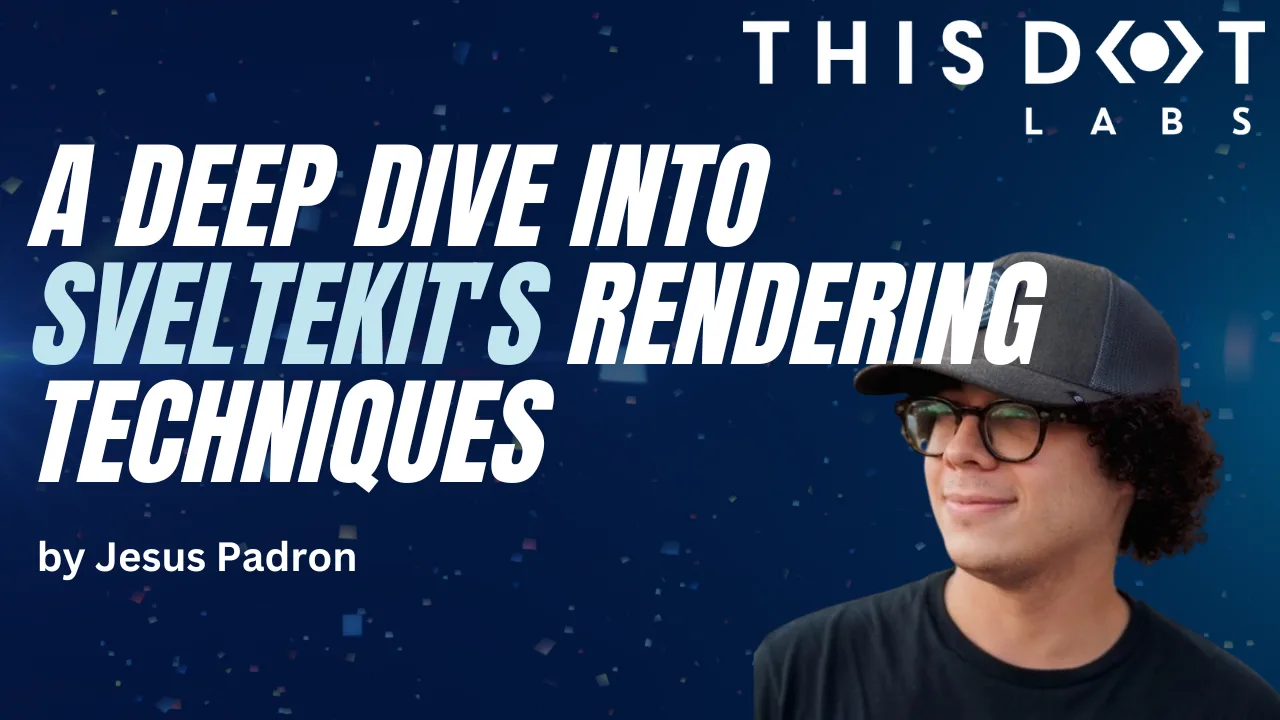
A Deep Dive into SvelteKit's Rendering Techniques
SvelteKit is a meta-framework for Svelte that allows you to develop pages based on their content. At its core, SvelteKit introduces three fundamental strategies out of the box, each designed to streamline the development process and...
May 1, 2024
7 mins
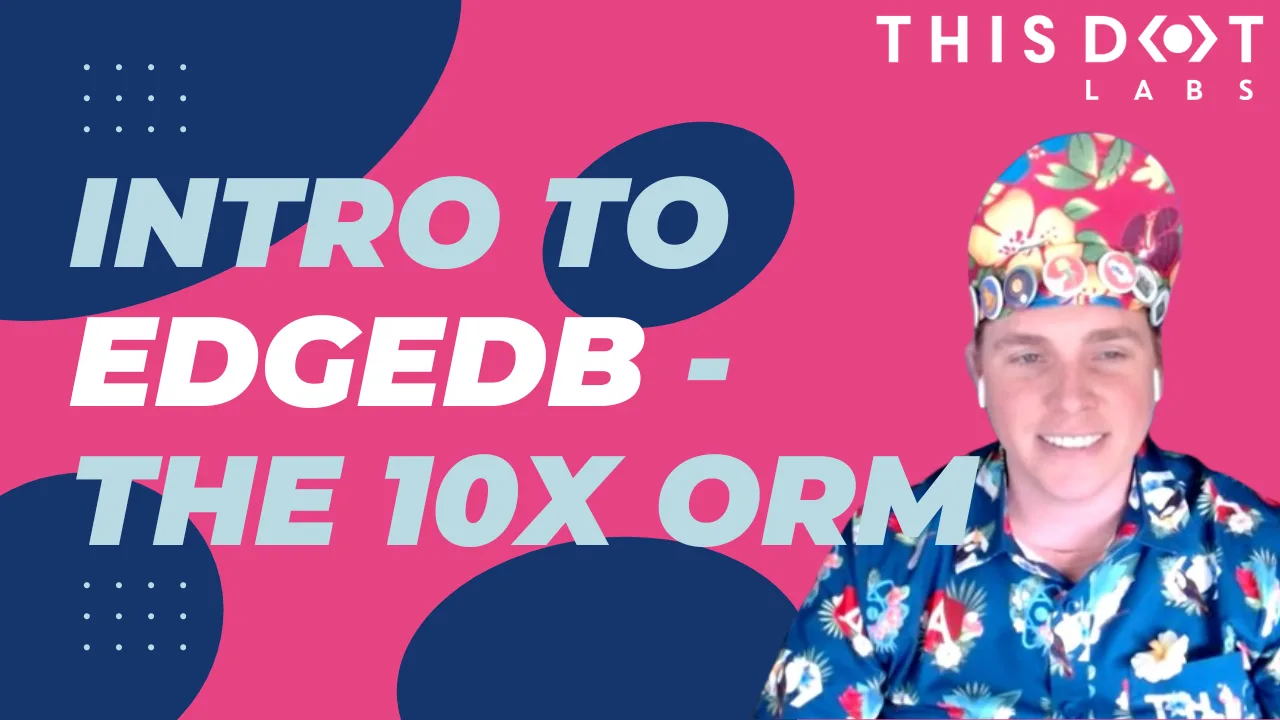
Intro to EdgeDB - The 10x ORM
Discover the innovative capabilities of EdgeDB, a 'graph-relational' database that's transforming how we handle and interact with data....
Apr 26, 2024
11 mins
Let's innovate together!
We're ready to be your trusted technical partners in your digital innovation journey.
Whether it's modernization or custom software solutions, our team of experts can guide you through best practices and how to build scalable, performant software that lasts.